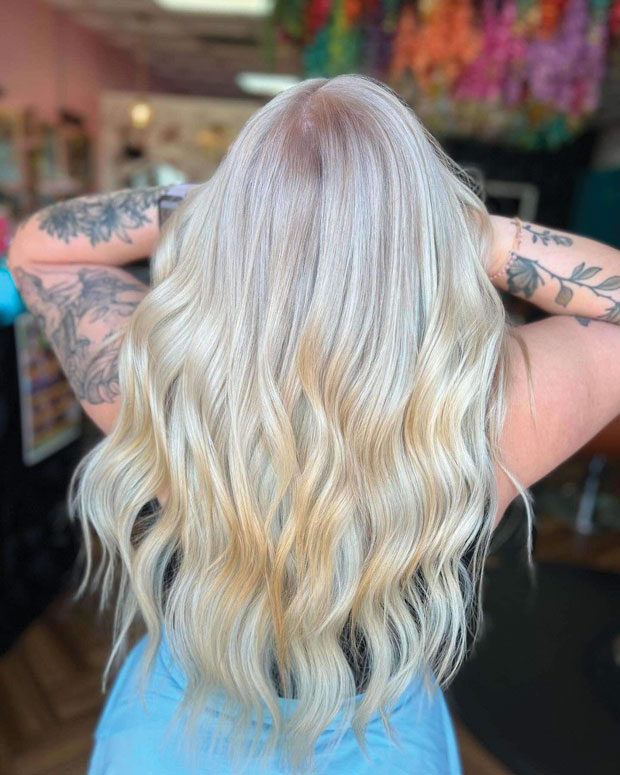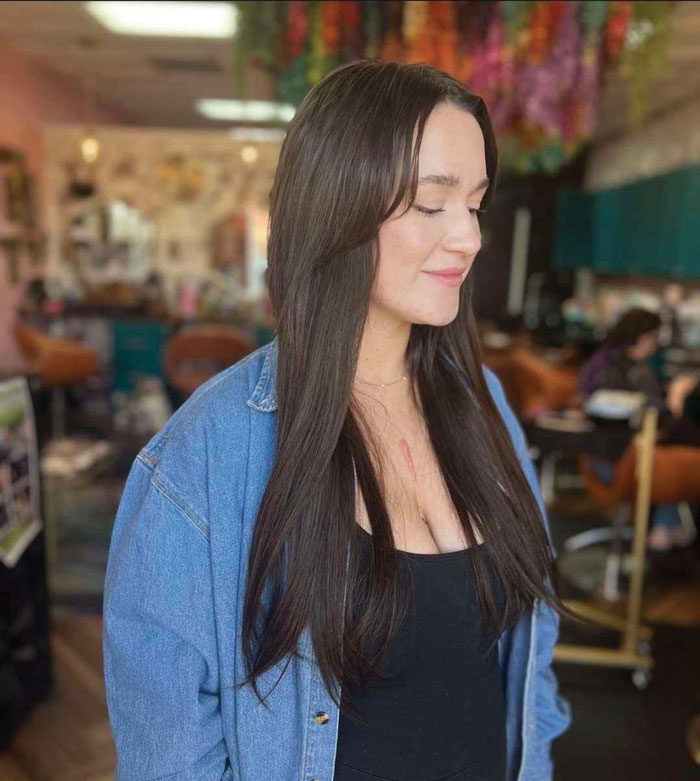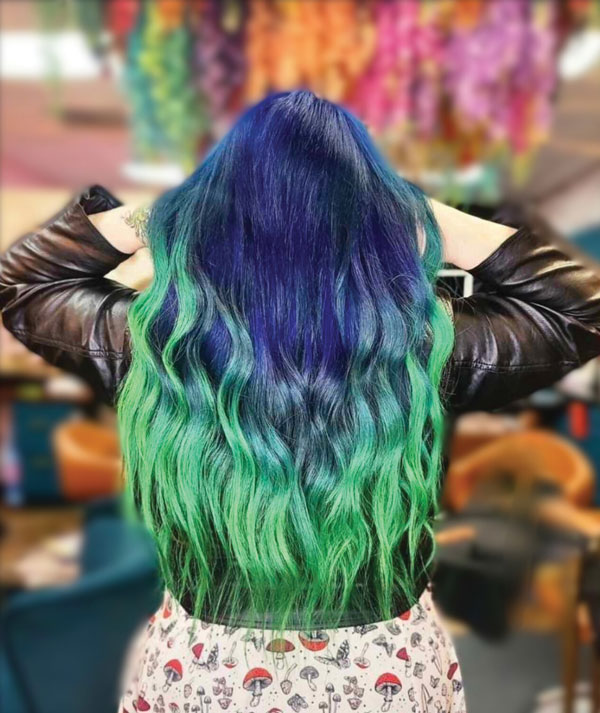In today’s beauty industry, hair extensions have become a hot commodity. We love versatility and instant gratification, and that’s just what these beauties offer. From volume to length, the possibilities are endless. Whether you’re changing up your daily style or spicing things up for a special occasion, knowing the different types of extensions and how to care for them is essential.
ARE EXTENSIONS FOR ME?

Have you ever gotten a terrible haircut or cut too much off and regretted it? Is there a color you want, but your hair can’t handle the chemicals? Do you suffer from shedding or significant hair loss, possibly from surgery or weight loss? Maybe you just don’t want to commit to a color, or you just wish for long, luxurious hair like you saw on Instagram.
There’s no need to wait for a bad haircut to grow out or to settle for dull, lifeless hair. Extensions have become hugely popular for many purposes, ranging from masking damage to altering color to adding texture. You have options, and you can control your look.
WHAT TYPES OF EXTENSIONS ARE THERE?

Clip-Ins
One of the most popular and user-friendly methods, these can be easily popped in and out. They come in many colors and lengths and are perfect for special events and temporary changes.
Tape-Ins
These extensions are wefts with an adhesive strip sandwiched between your hair and lying flat. With proper care, they can last four to six weeks before moving up. Tape-ins are great for a more semi-permanent, seamless and natural look.
Fusion/ K-Tips
These are applied carefully with a keratin bond that is lightly melted and fused to your natural hair. Fusion extensions can last four to six months but require a professional application and removal, making them more permanent.
Micro-Link/ I-Tips
This method involves threading natural hair through a small bead with the extension in place. Move-ups are recommended every four to six weeks and allow for easy adjustment.
Wefts
This method is rapidly gaining popularity for adding density quickly and seamlessly. It also uses the natural hair and bead method but then sews a weft of hair to the bead. Recommended move-ups are every four to six weeks.
HOW DO YOU CARE FOR EXTENSIONS?

Washing
It’s best to use sulfate-free shampoos and leave the conditioner on for two to three minutes. This will help prevent drying out the extensions and keep the color from fading too quickly. Washing one to two times weekly is sufficient.
Brushing
To detangle, use an extension brush or a wide-tooth comb. Hold your hair at the roots and brush from the ends, working your way up the hair shaft to avoid making further knots.
Styling
Always use a heat-protectant product before styling with hot tools. Doing so will prolong the extensions’ health, color and moisture.
Sleeping
Tangle prevention is essential. Try braiding your hair in a loose, low ponytail. Silk or satin pillowcases can help minimize friction. Some extension users also sleep in a bonnet.
Full, voluminous hair always will be in style. While many of us weren’t born with silky, flowing locks, the many extension products and techniques available today are helping women achieve the hair of their dreams.



